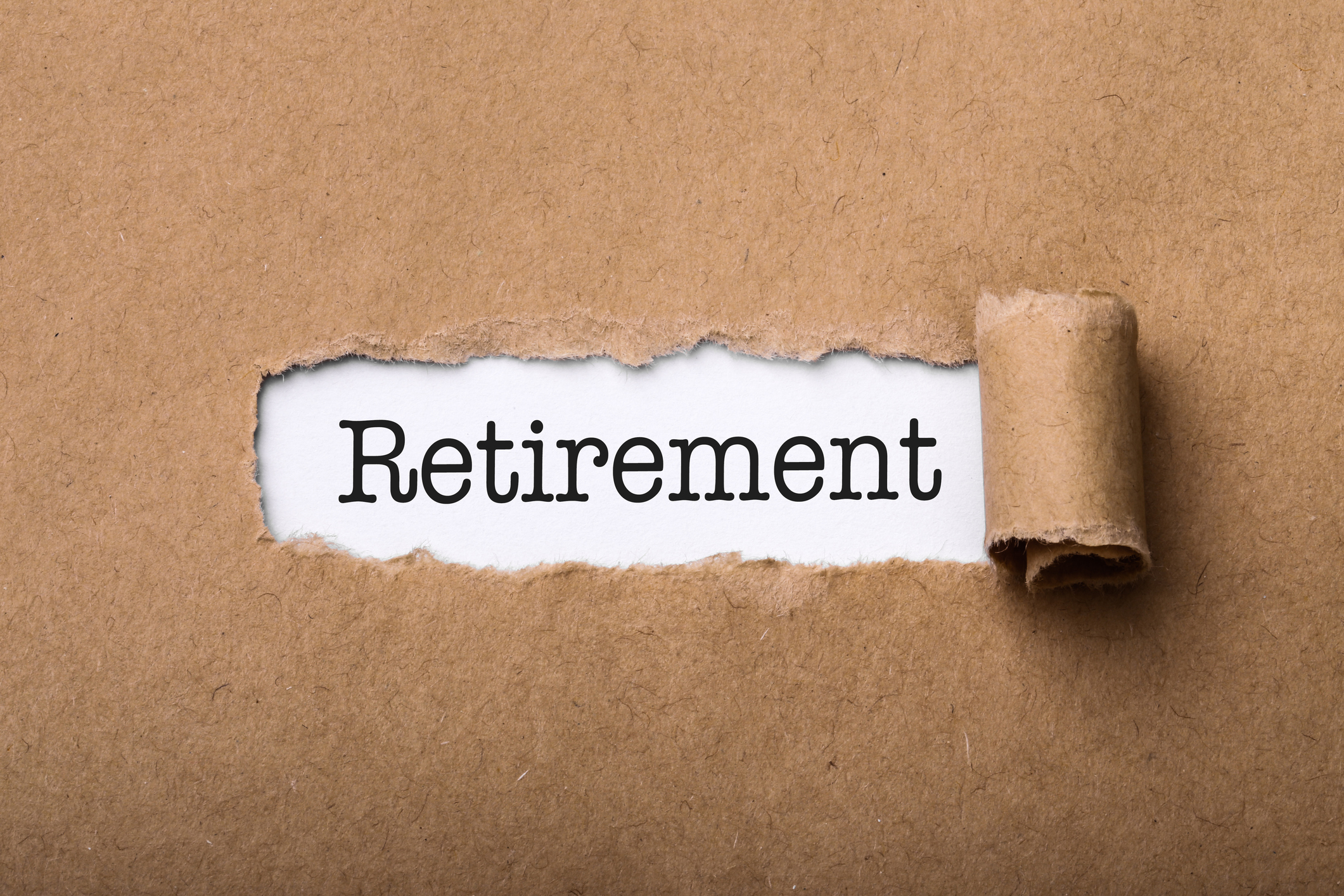Charitable Gift Annuities: Benefit Yourself and Your Favorite Charity
Donating to charitable gift annuities can provide you with tax breaks now and income later. Here’s what you need to know.


If you like the idea of guaranteed income in retirement, you may want to give charitable gift annuities a look. A charitable gift annuity is a contract between you and a charity, often your alma mater’s foundation. You can donate cash, securities or other assets to the charity and get a charitable tax deduction up front. The institution invests the money and returns some of it to you — and up to one beneficiary — in fixed monthly payments for the rest of your life.
Charitable gift annuities maximum contribution for 2023
Effective this year, retirees who are 70½ or older have the option of making a one-time donation of up to $50,000 from their traditional IRAs to a charitable gift annuity. In that case, the contribution isn’t tax deductible, but the distribution will be tax-free. Once you reach the age at which you’re required to take minimum distributions from your IRA — 73 this year, increasing to 75 in 2033 — the contribution counts toward that required minimum distribution, which would otherwise be taxed as ordinary income.
Any funds remaining after you die will go to the charity. That aspect of charitable gift annuities makes them more palatable to retirees than traditional annuities, says Bryan Clontz, president and founder of Charitable Solutions LLC, a charitable-giving consulting firm. If you die early, your remaining funds will benefit a cause you’re passionate about, he says. Because a portion of your investment will go to the charity, the payout from a charitable gift annuity will be lower than one from an immediate annuity, Clontz says. Most charities use a payout rate calculated by the American Council on Gift Annuities, which is reset periodically based on rates for the 10-year Treasury note.

Sign up for Kiplinger’s Free E-Newsletters
Profit and prosper with the best of expert advice on investing, taxes, retirement, personal finance and more - straight to your e-mail.
Profit and prosper with the best of expert advice - straight to your e-mail.
Income from a charitable gift annuity
According to the University of California–Los Angeles Gift Planning calculator, which uses the ACGA payout rate, an investment of $100,000 in a charitable gift annuity for a 65-year-old male would generate an annual payout of $5,400, or $450 a month. By comparison, the same investment in an immediate annuity would provide $7,284 a year, or $607 a month, according to ImmediateAnnuities.com.
- Because a charitable gift annuity is a long-term contract, you’ll want to check out the finances of the charity before you invest your money.
- That information is usually available on the charity’s website.
- As with Social Security benefits, the longer you delay turning on the income stream, the larger the payout, he says.
- Some products add 0.25% or 0.35% to your payout rate for every year you wait to take income.
An option with fewer bells and whistles than a fixed-index annuity is a fixed annuity. In this case, you give an insurance company a lump sum in exchange for a guaranteed interest rate for a set period.
A multiyear guaranteed annuity is a type of fixed annuity that pays a guaranteed rate for three to 10 years. Some three-year versions of these annuities are paying a 6% rate, compared with a rate of 4.5% to 5% for the top-performing three-year certificates of deposit. Interest is tax-deferred until it is withdrawn.
Are gift annuities a good idea?
Don’t invest money that you think you’ll need soon in fixed-rate annuities. They typically come with surrender charges of up to 7% if you withdraw more than a specified amount before the end of the contract term. For some time now, financial planning experts have recommended annuities to retirees who are legitimately concerned that they’ll run out of money.
But the products could also appeal to retirees with well-funded nest eggs, David Lau, founder and CEO of DPL Financial Partners says, because it allows them to invest their savings more aggressively than they otherwise would. If your annuity covers basic expenses, he says, you don’t have to worry about selling your stocks or stock funds in a down market to pay the bills.
Get Kiplinger Today newsletter — free
Profit and prosper with the best of Kiplinger's advice on investing, taxes, retirement, personal finance and much more. Delivered daily. Enter your email in the box and click Sign Me Up.

Block joined Kiplinger in June 2012 from USA Today, where she was a reporter and personal finance columnist for more than 15 years. Prior to that, she worked for the Akron Beacon-Journal and Dow Jones Newswires. In 1993, she was a Knight-Bagehot fellow in economics and business journalism at the Columbia University Graduate School of Journalism. She has a BA in communications from Bethany College in Bethany, W.Va.
-
 The AI Doctor Coming to Read Your Test Results
The AI Doctor Coming to Read Your Test ResultsThe Kiplinger Letter There’s big opportunity for AI tools that analyze CAT scans, MRIs and other medical images. But there are also big challenges that human clinicians and tech companies will have to overcome.
By John Miley Published
-
 The Best Places for LGBTQ People to Retire Abroad
The Best Places for LGBTQ People to Retire AbroadLGBTQ people can safely retire abroad, but they must know a country’s laws and level of support — going beyond the usual retirement considerations.
By Drew Limsky Published
-
 Did Florida’s Chance at $1,000 in Property Tax Rebates Vanish?
Did Florida’s Chance at $1,000 in Property Tax Rebates Vanish?State Taxes The Florida Legislature bypassed Gov. Ron DeSantis’ wish to cut property taxes and instead voted to lower the state’s sales tax.
By Gabriella Cruz-Martínez Published
-
 How Caregivers for Adults Can Save on Taxes in 2025
How Caregivers for Adults Can Save on Taxes in 2025Tax Breaks Caring for your parent or spouse can be stressful, but the IRS offers tax breaks for qualifying taxpayers. Here they are.
By Kate Schubel Published
-
 New South Carolina Income Tax Cut Might Eat Your Cash
New South Carolina Income Tax Cut Might Eat Your CashState Taxes South Carolina’s flat income tax bill could have the majority of residents paying higher income taxes. Find out how.
By Kate Schubel Published
-
 What Retirees Need to Know About Taxes
What Retirees Need to Know About TaxesTake steps to avoid a surprise tax bill and underpayment penalties.
By Sandra Block Published
-
 20 Ways to Clean Up Your Finances This Spring
20 Ways to Clean Up Your Finances This SpringSpring cleaning is therapeutic and stops costly problems from building up around the home. Why not tackle the dusty corners of your finances at the same time?
By Lisa Gerstner Published
-
 Tax-Deductible Home Improvements for Retirement in 2025
Tax-Deductible Home Improvements for Retirement in 2025Retirement Taxes Your aging-in-place plan could benefit from the medical expense tax deduction. But watch out for capital gains and property taxes.
By Kate Schubel Published
-
 Retirement Income Tax and the IRS: What Retirees Need to Know for 2025
Retirement Income Tax and the IRS: What Retirees Need to Know for 2025Retirement Income Several tax changes are happening that can impact how your retirement income is taxed at federal and state levels.
By Kelley R. Taylor Last updated
-
 Why You Should Take Extra Care With Your Tax Return
Why You Should Take Extra Care With Your Tax ReturnFiling Taxes You can minimize your tax bill and avoid unwanted attention from the IRS by watching out for common errors and oversights.
By Sandra Block Published